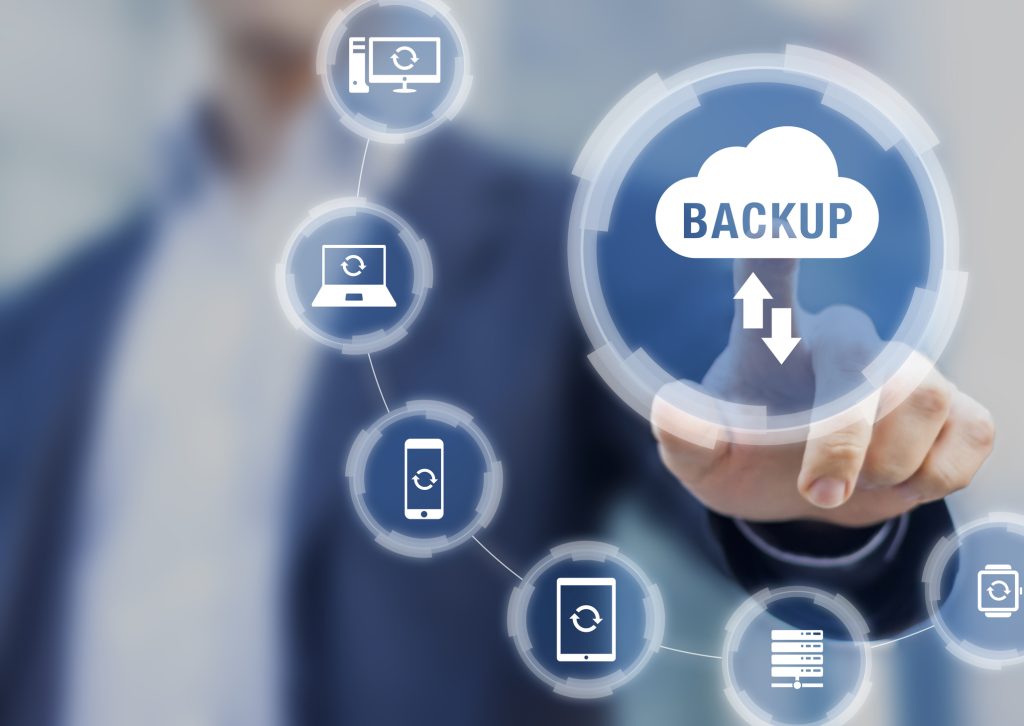Why You Need to Make Disaster Recovery Your Top Priority
Business owners work with a lot of data. However, not everyone knows how important disaster recovery is when it comes to your data. Did you know that Oregon business owners are consistently under threat of losing their data? Most people don’t.
Because of this, it’s important that business owners understand the importance of backup. However much data you have, it needs to be stored somewhere with efficient disaster recovery.
Why Disaster Recovery?
Data recovery restores valuable information that has been lost. This can happen due to various reasons, such as hardware failure, software corruption, accidental deletion, natural disasters, and cyber attacks.
Losing important data can cause significant financial, legal, or reputational consequences for individuals and organizations. So, recovering it as soon as possible is critical to minimize the impact of the loss.
Additionally, the data recovered can be essential for the smooth functioning of an organization, as well as for decision-making and future planning.
How AI Can Help You Retain Customers
Is Your Data At Risk?
The short answer is: yes! Unfortunately, if your data is not backed up (or if it is backed up inefficiently/inadequately), your data is at risk.
Cyber attacks are on the rise, and many people don’t know how to keep up with proper security measures. A simple browser firewall just won’t cut it- you need a better line of defense when it comes to disaster recovery.
Some may take comfort in knowing their data is backed up in a data center. However, there can be big issues here as well. In Oregon, there are very few data centers that are safe from natural disaster.
Where You Don’t Want Your Data
Data should not be backed up in the same physical location as the original data. This is because if a disaster occurs, both the original data and the backup will be lost.
Storing in devices with a single point of failure, such as a single external hard drive, is risky because when the hard drive fails, the data will be lost. So, your data should be stored somewhere with multiple points of failure.
Storing sensitive data in an unsecured or publicly accessible cloud storage service is not a good idea. This is because public access can increase the risk of data loss or theft, making disaster recovery difficult.
It is recommended to backup data in multiple locations, using a combination of different backup methods. This ensures that data is secure regardless and can be recovered in the event of a disaster or failure.
Where Should Your Data Be?
Your data should be stored in a secure, local, disaster-safe data center with multiple points of failure. Be aware- Bend Cloud offers one of the only data centers in the state that offers this level of protection.
Regardless of the backup location, it’s important to have multiple copies of your data stored in different places.
Everything You Need To Know About the Cloud
How To Set Up A Data Recovery Plan
- Identify potential threats: Analyze the potential risks and disasters that could affect your business operations. This can include natural disasters, cyber attacks, power outages, etc.
- Assess impact. Evaluate the potential impact of each identified threat on your business operations, data, and infrastructure.
- Prioritize resources. Determine which resources and systems are critical to the functioning of your business. Then, prioritize them in your disaster recovery plan.
- Develop a backup and recovery strategy. Choose the most appropriate backup methods and technologies for your systems and data, such as cloud backup, tape backup, or disk-to-disk backup.
- Test and update the plan. Regularly test your disaster recovery plan to ensure it works as expected. Then, update it as your business and technology changes.
- Train employees. Train all employees on the disaster recovery plan, their roles and responsibilities, and how to respond in the event of a disaster.
- Implement and monitor. Put the disaster recovery plan into action and monitor its effectiveness. Continuously review and improve the plan as needed.
Conclusion
In conclusion, to ensure your business’s success, make sure your data is protected. Contact us today to find out how.


